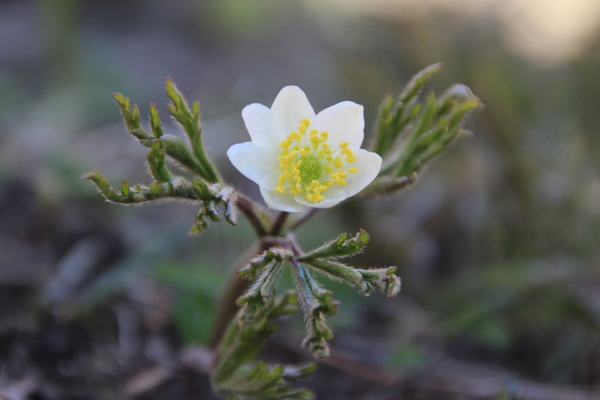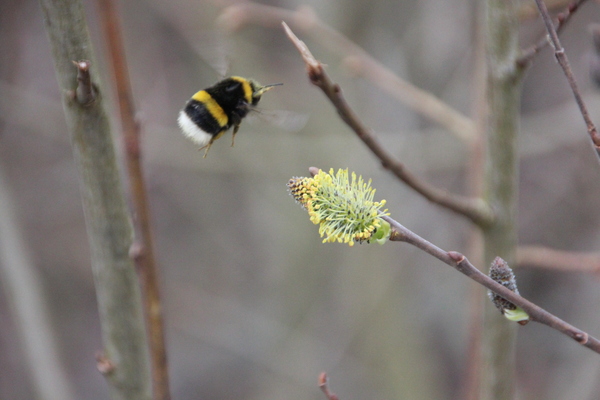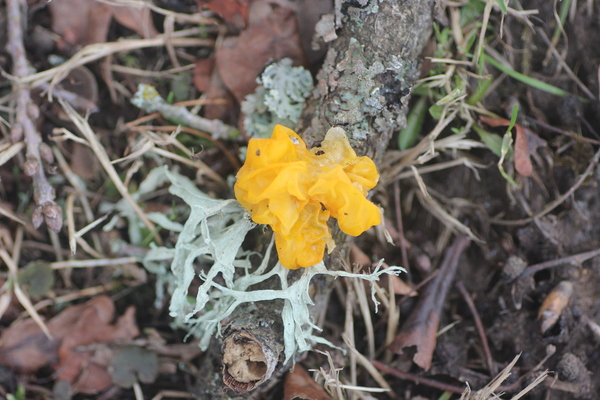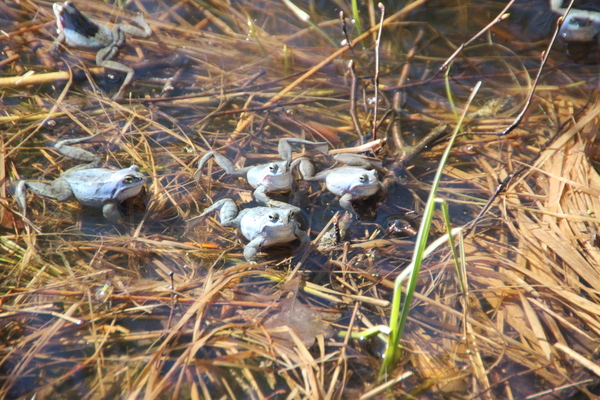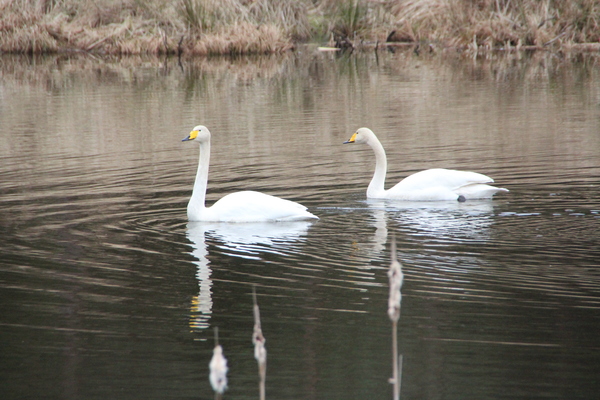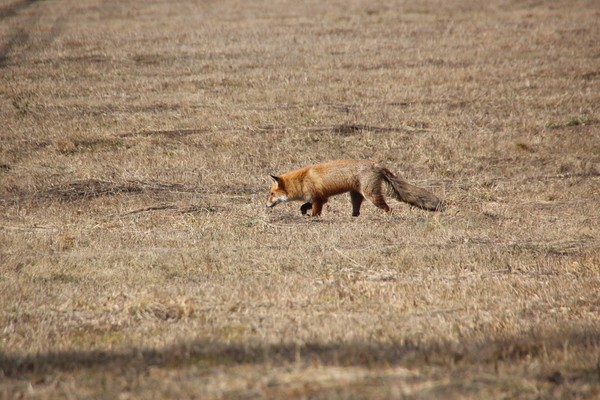Spiting the Winter, Spring is Slowly Blossoming up
This spring is quite capricious with warming rays of the sun changing with heavy snowstorms in just a moment. However, nature is ready to flourish, bloom and delight us with its riches.
This year, astronomical spring in Latvia started on 20 March. In turn, meteorological or climatic spring, when the daily average temperature is a stable positive or at least equal to 0 degrees, started much early - already in February.
Spring is still quite slow, surrendering to the pertinacious winter from time to time. However, as the winter is stepping back, each day brings us something springish and new.
The time is right to go in nature to watch plants and animals waking up from their long winter's sleep.
February daphnes are blooming brightly, coltsfoots are opening up in flowers, liverwortes, white and yellow anemones have bloomed. Willows and osiers have already shed their blossoms.
More and more often those living creatures may be spotted whose body temperature depends on the air temperature, such as a variety of insects, including butterflies and dragonflies. Earlier butterflies (both nymphalis, common brimstone and variety of moths) have already managed to warm up their wings in early March. In warmer periods of the day, nature is bustling: ants are working hard on the ground, bees are buzzing in flowers, bumblebees are flying around looking for the best place where to find nectar and make a nest.
Looking for some tiny living creatures, one might accidentally come across bright red sporocarp calyxes of Sarcoscypha Austriaca, the earliest of our edible fungi. Decorated in bright colours, you will find golden jelly fungi and snow false morels hiding in forest edges.
Already since mid-March, reptiles who are warming themselves in the sun have become more visible: meadow lizards, vipers, grass-snakes. However, for the time being they are leaving their hiding places for relatively short periods. Young reptiles may be spotted more often in spring. Since they need less sun to warm up their relatively small bodies, they can afford to come out on the ground earlier.
In early April, a whiff of spring may also be felt in shallow, sun-baked watercourses. Also cold-resistant amphibians spawn there: common frogs, marsh frogs, tritons of both species. From time to time, you will hear a pool frog croaking. Usually eggs of early spawning amphibians die due to desiccating water bodies; however, this spring the greatest damage was caused by frost.
In spring, it is no wonder to hear various bird voices also in cold, frosty mornings. Both sedentary bird species, as well as migratory birds are greeting the spring with their songs. These songs are one of the most awaited signs of spring.
Different species of waterfowl may already be spotted in waters. Northern swans may often be seen in Kurzeme, while mute swans reside in different places of Latvia.
No matter how diligently cranberry-pickers do their job, it is simply not possible to pick up all the berries in autumn. Part of the berries remain in marshes, where they winter and in spring become a very important source of energy for cranes that are arriving from the warm countries or that are taking a break before continuing their way to a further destination.
The breeding season has already started for a number of bird species, and birds are busy making nests and laying eggs. Despite the changing weather, as every year, the majority of corvids, owls and the large species of birds of prey, as well as crossbills have already started caring for their offspring.
Adapting to the ever-changing spring, mammals are still hesitating to take off their winter coats. Also part of the red deer males still have not thrown off their old antlers.
Animal world is getting ready to take care for the younger generation. Most adult boar females are already cherishing a pretty large bunch of their this year's offspring; also beaver couples will soon have to take care of their babies.

